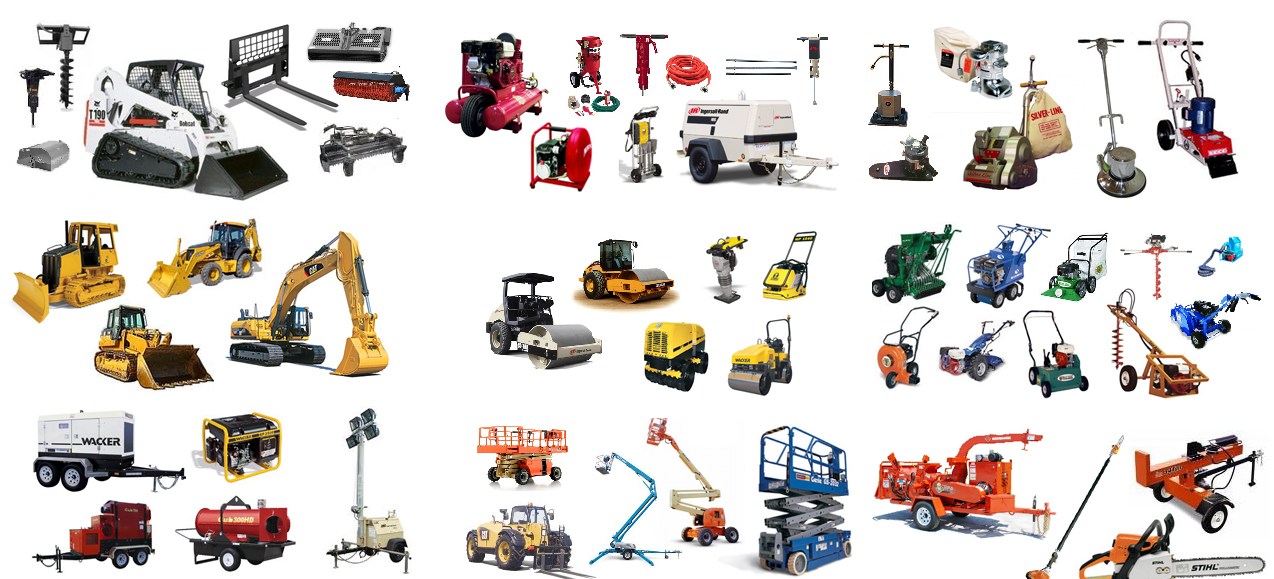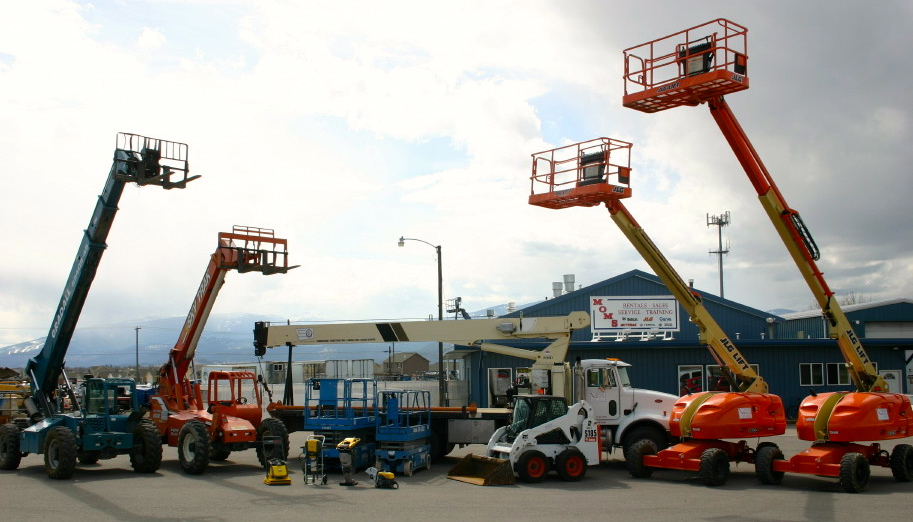Mini Excavator Rental: Compact Machines for Tight Spaces
Mini Excavator Rental: Compact Machines for Tight Spaces
Blog Article
Maximize Your Budget by Recognizing the Costs Connected With Construction Tools Services
Recognizing the full scope of expenses associated with building devices rentals is crucial for maximizing your spending plan. What techniques can be utilized to effectively handle these prices and ensure a much more reliable rental experience?
Overview of Rental Prices
When thinking about construction tools leasings, comprehending the associated expenses is critical for reliable budgeting and job preparation. Rental expenses can vary dramatically based on numerous elements, consisting of devices kind, duration of service, and location. The first rental fee typically reflects the devices's market need and its associated functional abilities, influencing the general expense.
Along with the base rental price, supplementary prices might emerge, such as transportation costs, fuel surcharges, and upkeep fees. It is important to represent these added expenditures to accurately evaluate the complete expense of leasing tools. In addition, the rental duration can influence pricing; longer leasings might get approved for reduced prices, while short-term services could incur higher day-to-day fees.

Malfunction of Rental Prices
An extensive understanding of rental rates is vital for specialists and job supervisors aiming to optimize their budgets. Rental rates for building equipment generally consist of several elements, including base prices, time-based costs, and use charges.
Base rates are the core charges connected with the service of the tools, commonly figured out by the type and dimension of the equipment. These prices can vary considerably, influenced by variables such as tools need, availability, and regional market fads. Time-based fees, which may be daily, weekly, or monthly, offer to fit different project timelines and rental periods.
In addition, rental rates may consist of usage charges, which are applicable when tools is used beyond a specified limit, making sure that the rental company can make up deterioration. Seasonal demand variations can additionally impact rental prices, with peak building seasons usually commanding greater prices.
In addition, comprehending the rental company's plans concerning upkeep and insurance policy can offer more insight right into the overall price structure. By assessing these components, service providers can make educated decisions, ensuring the selection of rental equipment lines up with both task needs and budget plan constraints.
Added Fees to Take Into Consideration
Recognizing the intricacies of additional charges is critical for professionals to manage their total service costs effectively. Past the typical rental prices, numerous additional costs can significantly influence the overall price of tools rental. These fees commonly consist of distribution and pickup fees, which heavy equipment rentals in my area can differ based on range and logistics associated with transferring the equipment to and from the job site.
Furthermore, some rental companies may impose fuel surcharges if the tools is returned with much less gas than when rented out. It is additionally vital to be aware of potential cleansing costs, particularly for specialized equipment that needs thorough maintenance after usage.

Completely evaluating the rental agreement and making clear these extra charges upfront can aid service providers prevent unexpected prices and make sure that budget plans remain intact throughout the job lifecycle.
Repair And Maintenance Expenses
Normal maintenance and repair costs are often forgotten elements that can considerably affect the overall price of construction tools leasings. When renting devices, it is essential to take into consideration not only the rental fees yet likewise the equipment operators potential prices connected with maintaining the equipment in optimal operating condition.
Several rental companies include fundamental upkeep as part of the rental arrangement; however, much more unexpected malfunctions or extensive repair work can bring about added expenditures. It's vital to review the rental agreement very carefully to comprehend what maintenance solutions are covered and what obligations fall on the tenant.
Furthermore, devices that is not properly maintained can bring about inefficiencies at work website, potentially increasing and causing delays job prices. To mitigate these risks, it is recommended to carry out normal examinations and keep open communication with the rental service provider relating to any kind of concerns that emerge throughout usage.
Insurance and Obligation Expenses
Insurance coverage and obligation expenses are important parts that can considerably affect the general cost of construction equipment rentals (scissor lift rental). These prices make certain that both the rental firm and the customer are secured from prospective monetary losses occurring from mishaps, damage, or burglary throughout the rental period

In addition, customers must be mindful of any deductibles or exemptions in the insurance plan, as these can affect possible out-of-pocket expenses. Recognizing the conditions of any type of insurance policy protection is important to stay clear of unforeseen costs. Ultimately, budgeting for insurance and obligation expenses can aid ensure a smoother rental experience and secure versus economic threats linked with building and construction tasks.
Verdict
In final thought, a thorough understanding of the prices linked with building and construction tools leasings is vital for efficient budget plan administration. Ultimately, informed decision-making pertaining to tools services adds to the general success of construction endeavors.
Rental prices can differ dramatically based on a number of aspects, including tools kind, period of leasing, and location (boom lift rental). The rental duration can influence pricing; longer services might certify for discounted prices, while short-term rentals might incur higher day-to-day fees
By performing complete study and engaging with respectable rental business, specialists can efficiently navigate the intricacies of rental prices, inevitably maximizing their financial resources.
Past the basic rental prices, different supplementary fees can significantly influence the complete expense of tools leasing. Rental firms typically provide obligation insurance that covers injuries to 3rd celebrations or damages to building, while equipment damages insurance can cover the expense of fixings or replacement if the rented out equipment is damaged.
Report this page